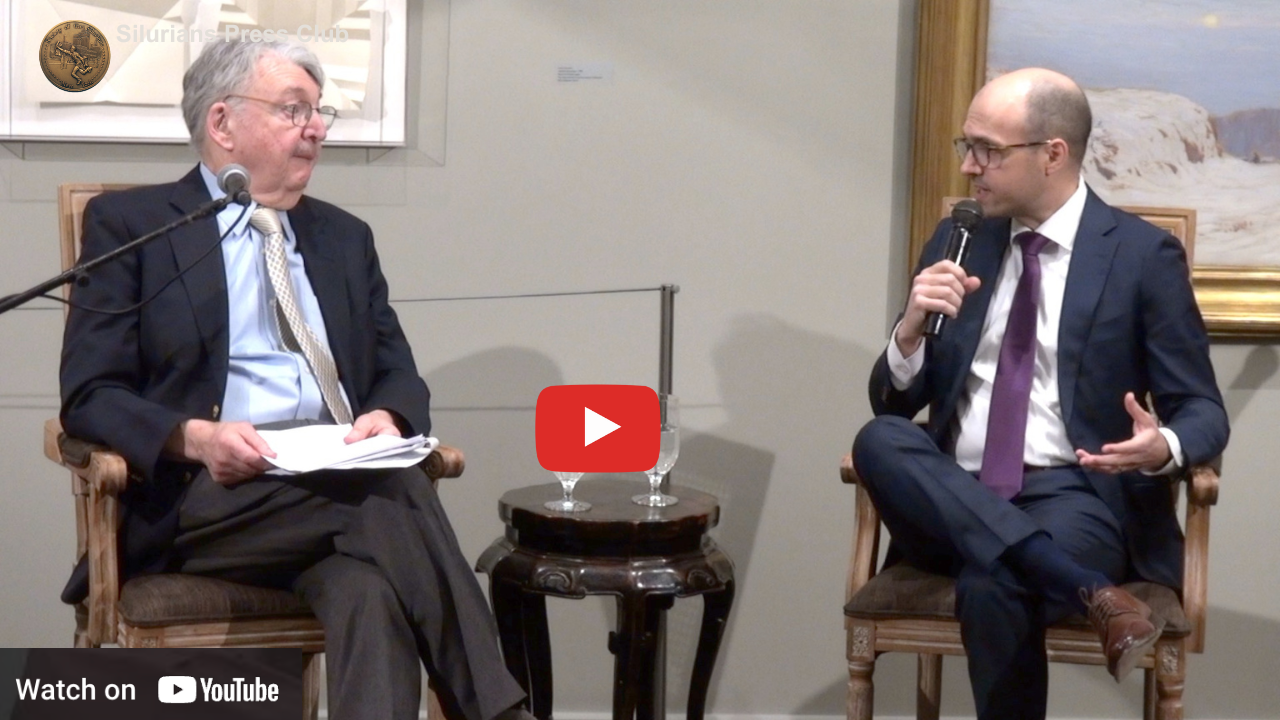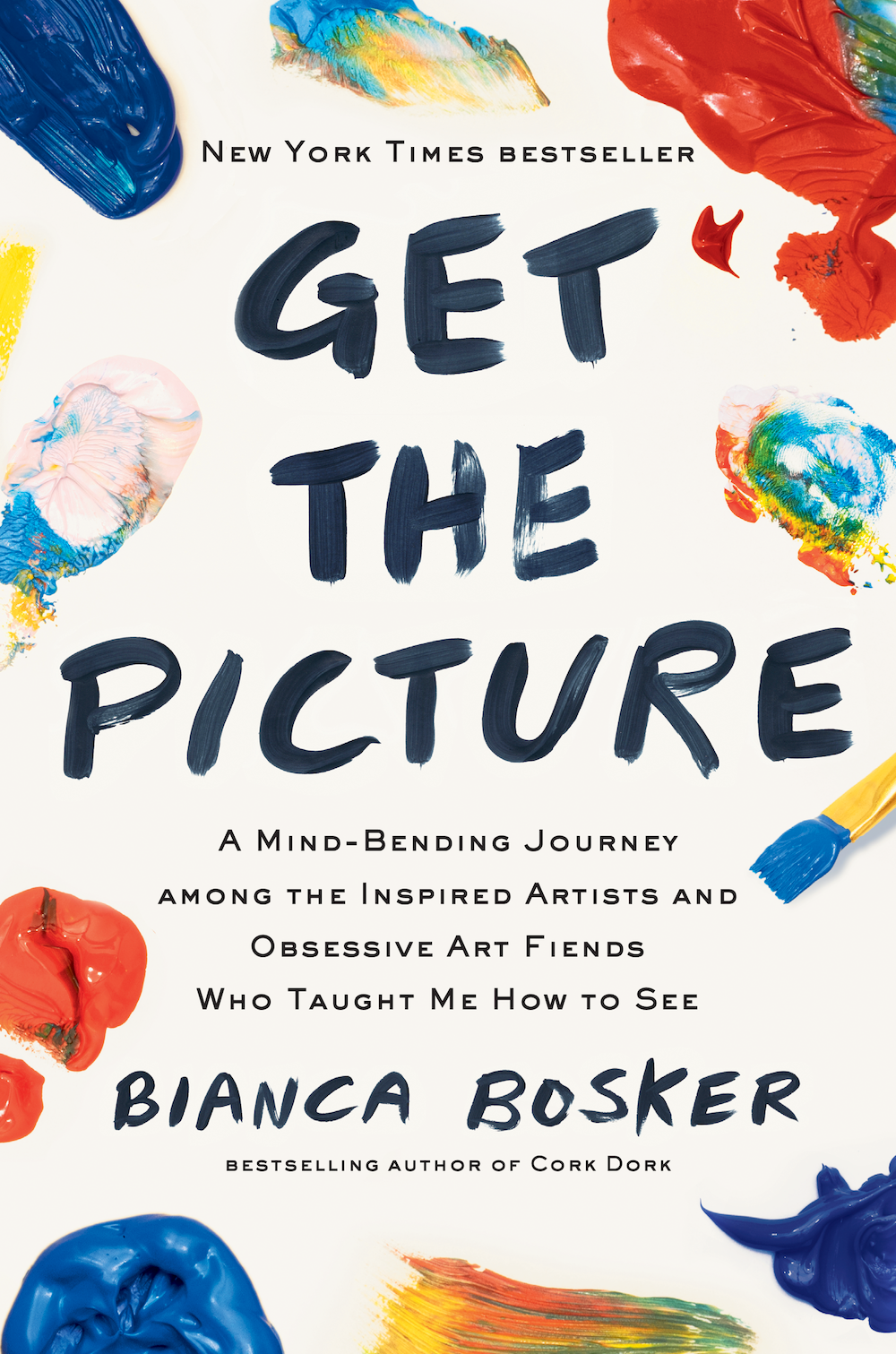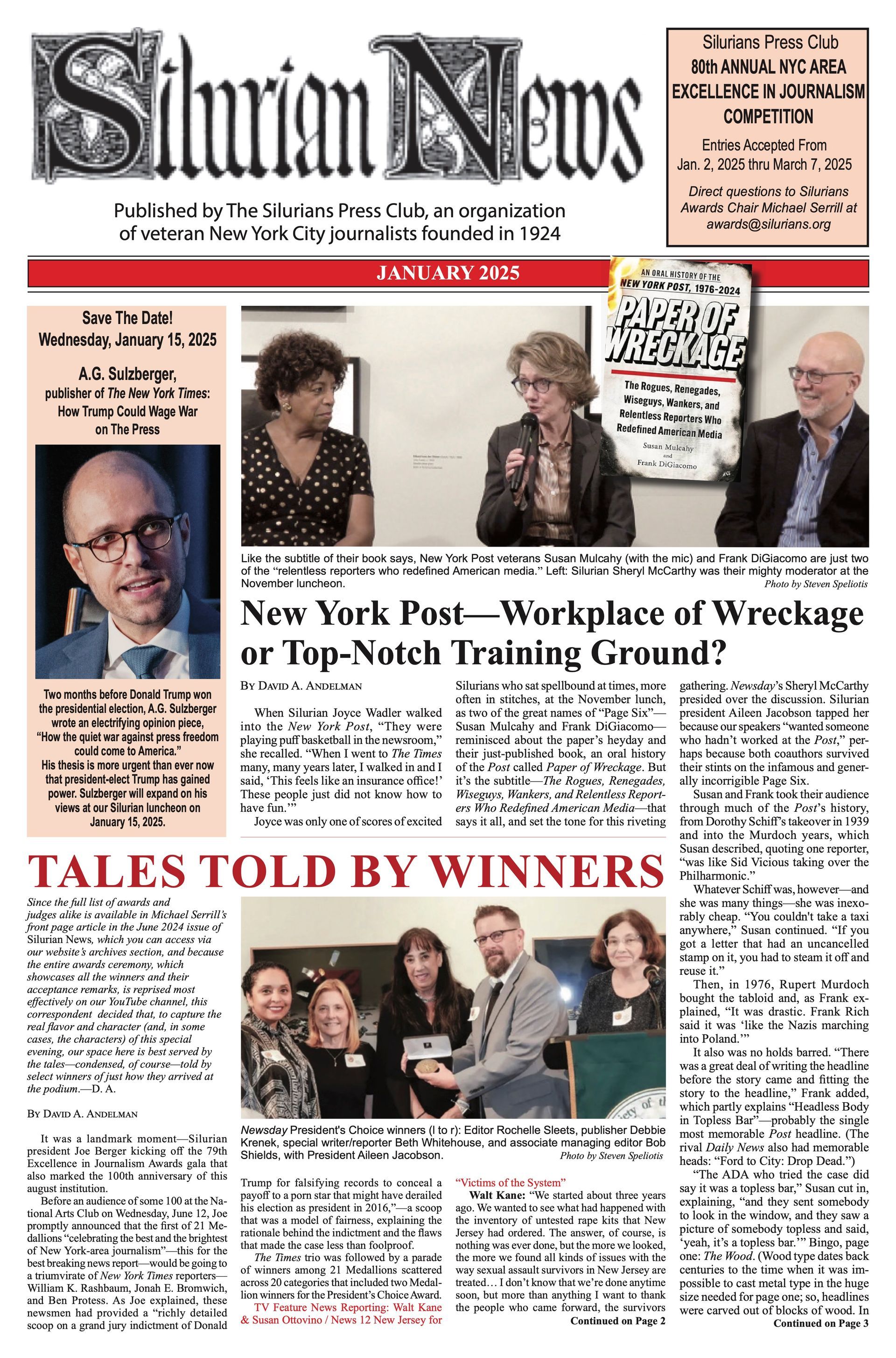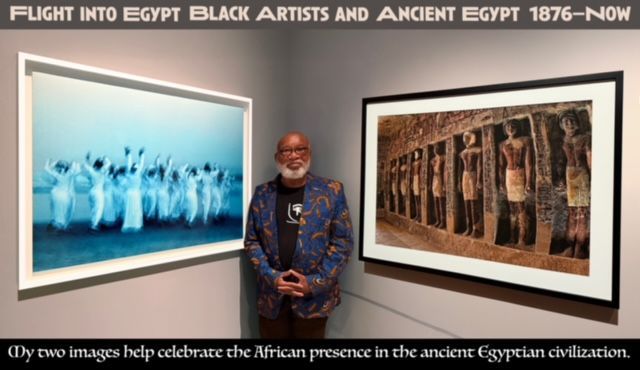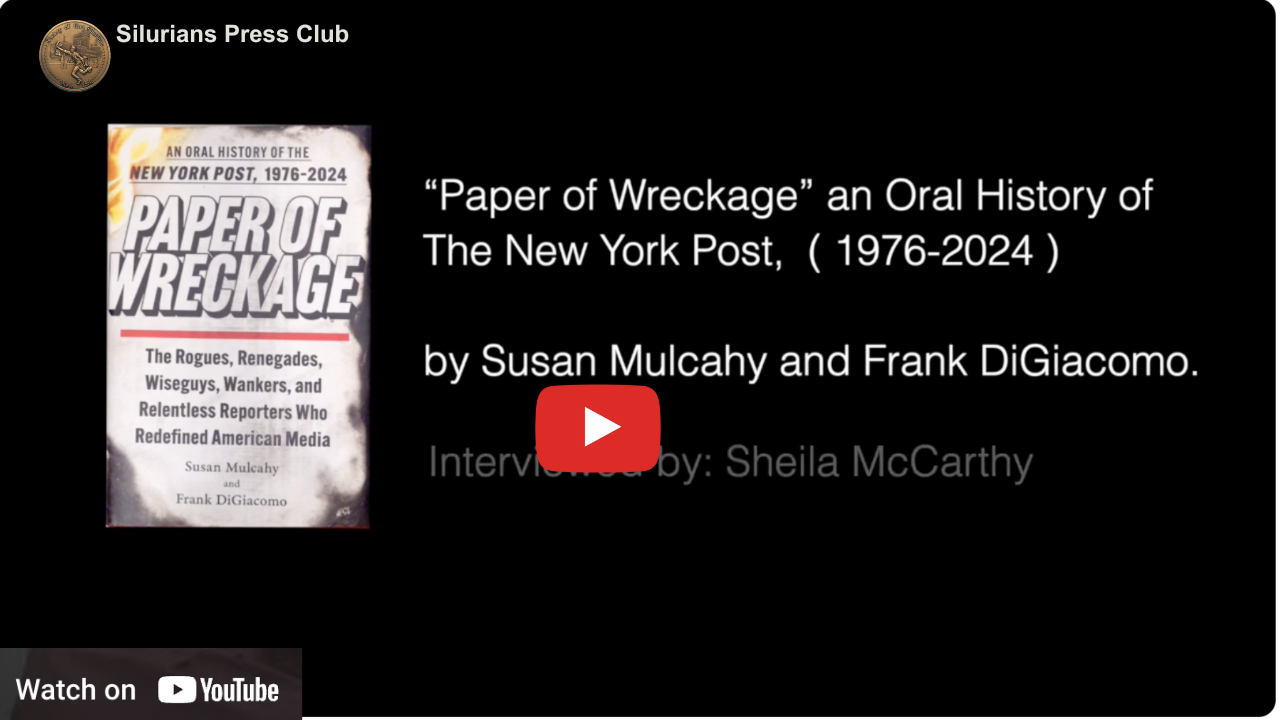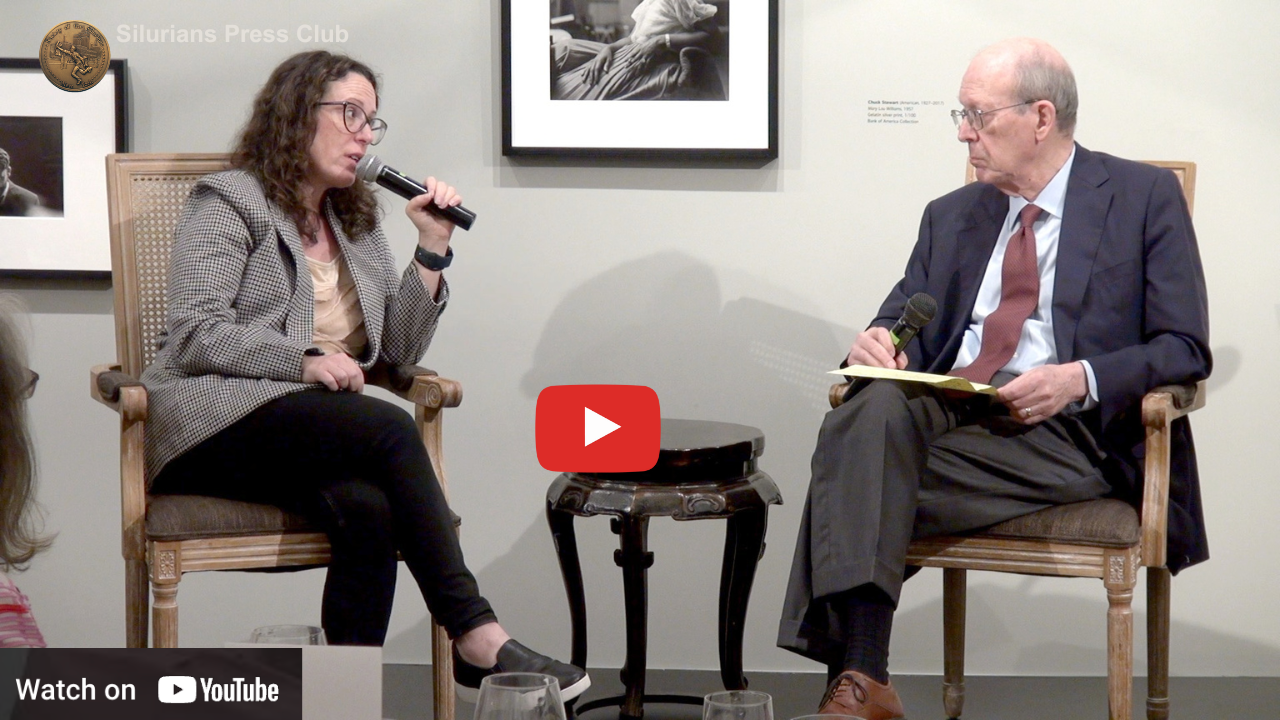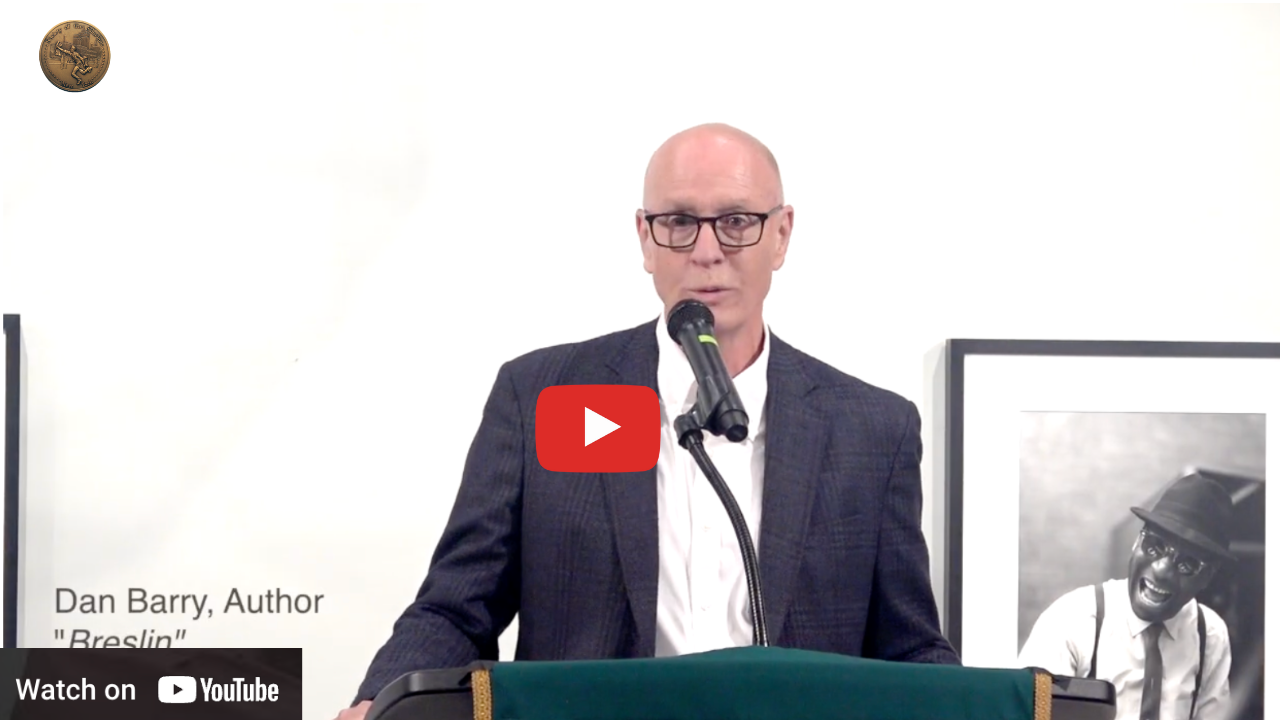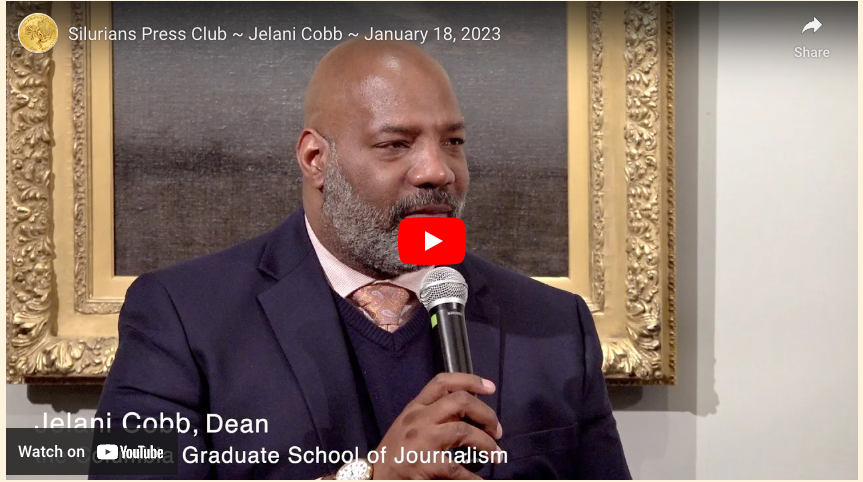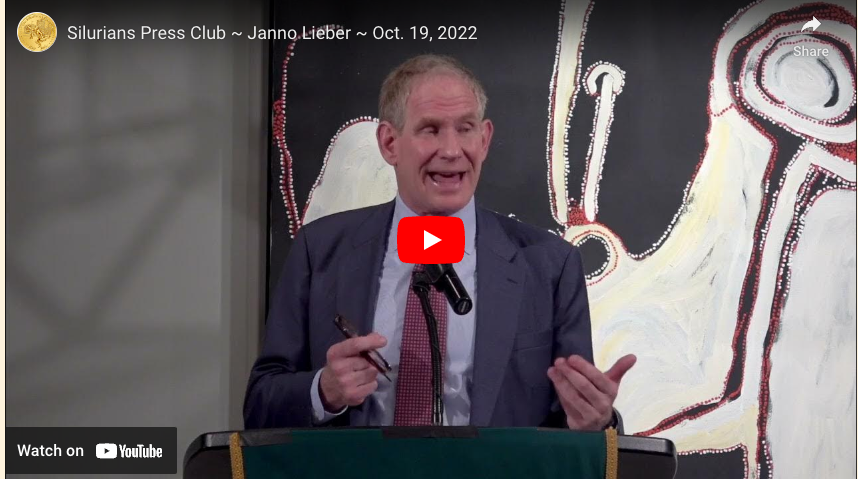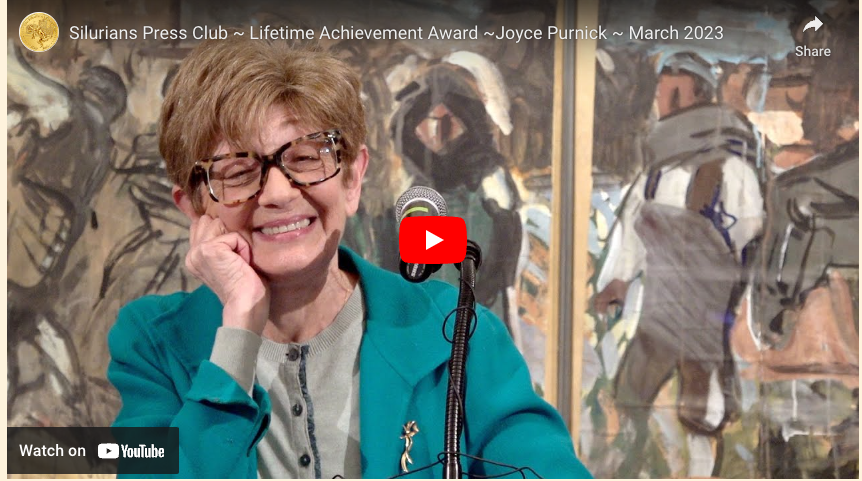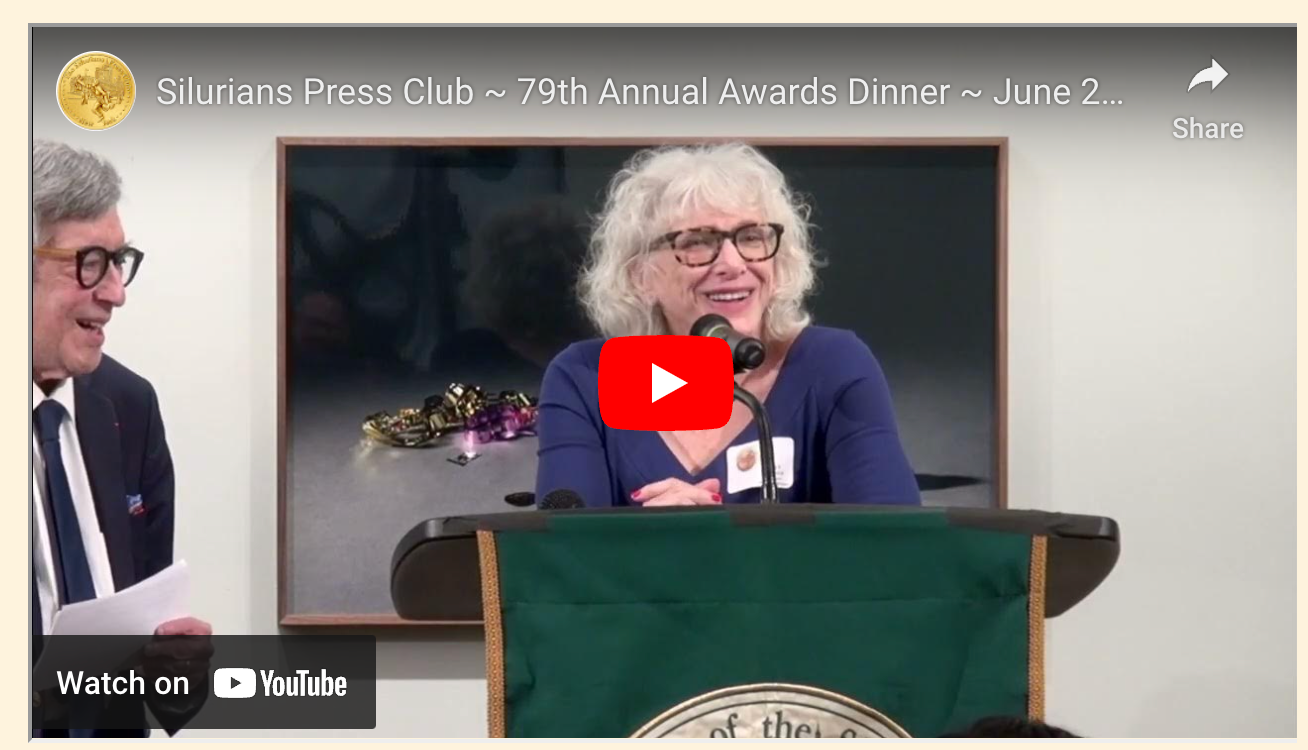Join us for an afternoon of irreverent humor and sharp insights with Bianca Bosker, best-selling author of Get the Picture, at our Feb. 19, Silurians Press Club luncheon.
Bosker’s book – the full title is "Get the Picture: A Mind-Bending Journey among the Inspired Artists and Obsessive Art Fiends Who Taught Me How to See" – is a rollicking exposé of New York City's contemporary art scene.
It's an alternate universe, she writes, where people talk "like they were trapped in dictionaries and being forced to chew their way out."


